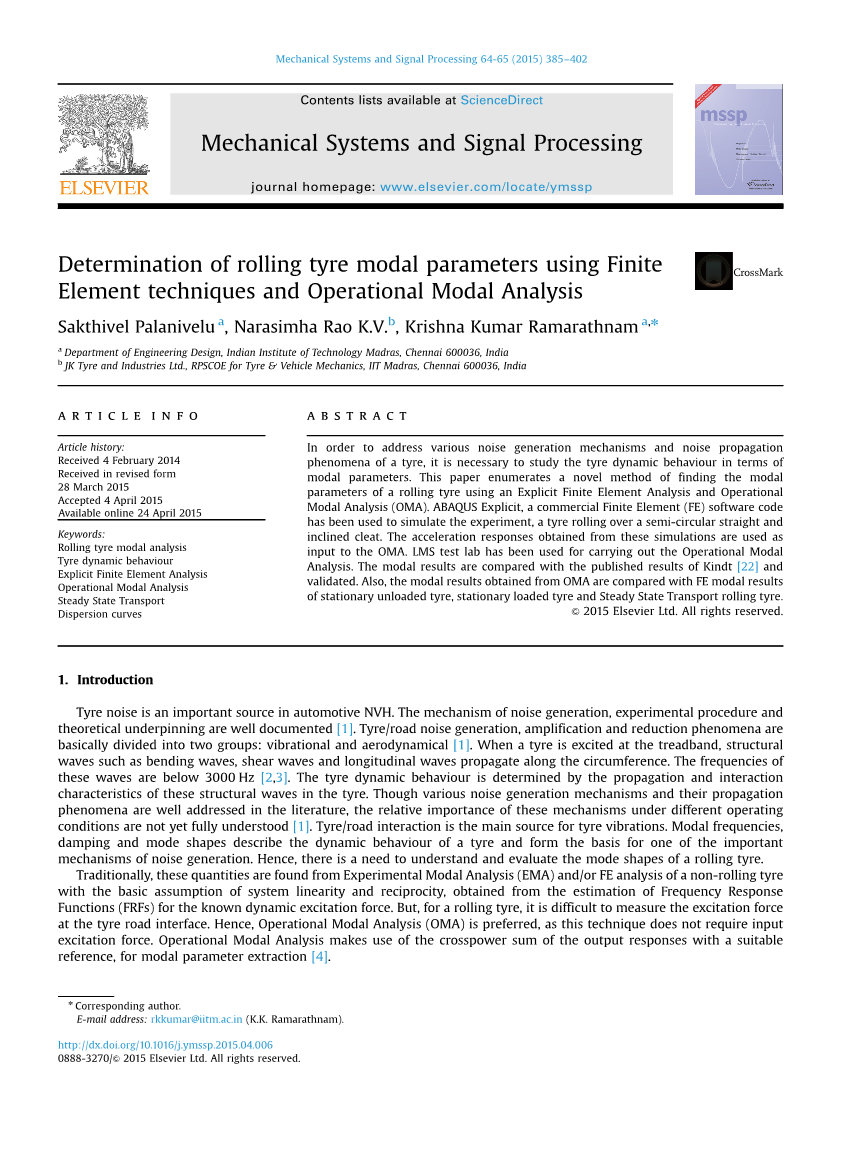

英语原文共 18 页,剩余内容已隐藏,支付完成后下载完整资料
Experimental Modal Analysis of Civil Engineering Structures
This article presents the evolution of experimental modal analysis in the civil engineering field, from input-output to output-only modal identification techniques. Many case histories are included from the experiences of the authors at the Laboratory of Vibrations and Monitoring at the University of Porto.
Decades ago, a major concern of structural engineers was the development and application of new and powerful numerical methods for the static and dynamic analysis of large civil engineering structures. The rapid development of finite-element techniques accompanied by tremendous technological progress in the field of personal computers allowed structural designers to use software packages for accurate simulation of structural behavior.
However, the design and construction of more and more complex and ambitious civil structures, like dams, large cablestayed or suspension bridges, or other special structures have led structural engineers to develop new experimental tools to enable the accurate identification of the most relevant static and dynamic properties. These tools would provide reliable data to support calibrating, updating, and validating of structural analysis numerical models used at the design stage.
The continuous ageing and subsequent structural deterioration of a large number of existing structures have encouraged the development of efficient vibration-based damage detection techniques supported by structural health monitoring systems. The natural tendency of civil engineering researchers was to utilize well established input-output modal identification techniques to accurately identify the main dynamic properties of civil structures.
However, it is difficult to excite large civil structures in a controlled manner. Fortunately, remarkable technological progress in transducers and analog-to-digital converters has supported modal analysis of large structures exclusively based on measuring the structural response to ambient excitations and applying suitable stochastic modal identification methods.
The main purpose of this article is to briefly present our perspective concerning the evolution of experimental modal analysis in the civil engineering field, from input-output to output-only modal identification techniques. This discussion is strongly influenced by our experience as researchers.
Input-Output Modal Identification
Equipment and Test Procedures. Conventional modal testing is based on estimating a set of frequency response functions (FRFs) relating the applied force and corresponding response at several pairs of points along the structure with enough high spatial and frequency resolution. The construction of FRFs requires use of an instrumentation chain for structural excitation, data acquisition, and signal processing.
In small and medium-size structures, the excitation can be induced by an impulse hammer similar to those currently used in mechanical engineering. This device has the advantage of providing a wide-band input that is able to stimulate different modes of vibration. The main drawbacks are the relatively low frequency resolution of the spectral estimates (which can preclude the accurate estimation of modal damping factors) and the lack of energy to excite some relevant modes of vibration. Due to this problem, some laboratories have built special impulse devices specifically designed to excite bridges. An alternative, also derived from mechanical engineering, is the use of large electrodynamic shakers (Figure 1c), which can apply a large variety of input signals (random, multi-sine, etc.) when duly controlled both in frequency and amplitude using a signal generator and a power amplifier. The shakers have the capacity to excite structures in a lower frequency range and higher frequency resolution. The possibility of applying sinusoidal forces allows for the excitation of the structure at resonance frequencies and, consequently, for a direct identification of mode shapes.
The controlled excitation of large civil engineering structures requires the use of heavy excitation equipment. One option frequently used in the past in dynamic testing of dams was the eccentric mass vibrator (Figure 1b), which enables the application of sinusoidal forces with variable frequency and amplitude. The main drawbacks of this technique are low force amplitude induced at low frequencies, some difficulty in measuring the applied force, and restraining relative movement of the vibrator with regard to the structure. A better option, in terms of providing a wide-band excitation over the most interesting frequency range for large civil structures, is the use of servo-hydraulic shakers. For example, Figure 2 shows two shakers of this type built at EMPA to excite bridges or dams vertically and laterally, as well as an electro-hydraulic mass reaction shaker from Arsenal Research.
The dynamic response of a structure is usually measured with accelerometers – piezoelectric, piezoresistive, capacitive or force balance,1 due to their relatively low cost and high sensitivity (see Figure 3). A particular characteristic of piezoelectric accelerometers is that they donrsquo;t need a power supply and operate well over a wide frequency range. However, most are not suited to low-frequency applications. On the contrary, piezoresistive, capacitive, and force-balance accelerometers can provide DC or low-frequency response capability. The electrical signals generated by these transducers are usually rather low and must be amplified by conditioning units that may also provide anti-aliasing, low-pass filtering (allowing lower sampling rates), and analog integration to velocities or displacements.
The data acquisition and storage of dynamic data requires the use of an analog-to-digital (A/D) converter in the measurement chain. Raw data must be initially analyzed a
剩余内容已隐藏,支付完成后下载完整资料
资料编号:[148166],资料为PDF文档或Word文档,PDF文档可免费转换为Word
以上是毕业论文外文翻译,课题毕业论文、任务书、文献综述、开题报告、程序设计、图纸设计等资料可联系客服协助查找。


